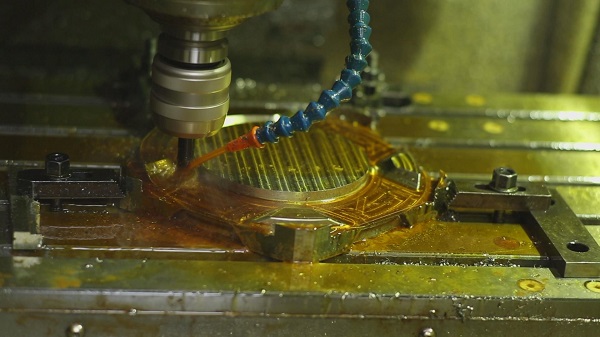Get in touch.
Dear,I will reply in 12 hours. All your message are protected!
Rapid Prototyping Services, Professional manufacturer of CNC Prototyping and 3D Prototyping in China.
Introduction:
Efficiently estimating the machining time for CNC (Computer Numerical Control) operations is crucial in optimizing production schedules, improving cost-effectiveness, and ensuring timely delivery of machined components. In this article, we will delve into the key factors and methodologies involved in calculating CNC machining time.

Understanding CNC Machining:
CNC machining involves using computer-controlled machines to shape raw materials into finished components. It encompasses a variety of processes, such as milling, turning, drilling, and grinding. CNC machines execute these operations by following precise instructions from a pre-programmed computer file.
Factors Affecting Machining Time:
Several factors influence the time required for CNC machining:
1. Part Complexity: The complexity of the part being machined, including its geometry, features, and tolerances, significantly affects the machining time. Intricate designs with numerous features generally require more time to complete.
2. Material Type: Different materials have varying machining properties, such as hardness, toughness, and thermal conductivity. Harder materials, like titanium or hardened steel, often require slower cutting speeds, leading to increased machining time.
3. Cutting Tools and Speeds: The selection of cutting tools, such as end mills, drills, or inserts, along with their speeds and feeds, plays a crucial role in determining the machining time. Factors like tool life, cutting forces, and material removal rates impact the overall process efficiency.
4. Machine Setup: Setting up the CNC machine for a specific job involves installing the appropriate tooling, fixtures, and workholding devices. The time spent on machine setup contributes to the overall machining time.
5. Tool Changes and Toolpath Optimization: If the part requires multiple tools or tool changes during machining, the time taken for tool changes must be considered. Optimizing the toolpath, such as reducing unnecessary tool movements or minimizing air cutting, can help reduce machining time.
Methods for Calculating Machining Time:
Calculating CNC machining time can be approached using several methods:
1. Experience-Based Estimation: Experienced machinists can make informed estimates based on their knowledge and past machining projects. This method relies on the machinist's expertise and understanding of the process.
2. Manual Time Studies: This method involves conducting time studies by measuring the actual time taken for each machining operation. The times for various operations are then added together to obtain the total machining time.
3. CAM Software Simulation: Computer-Aided Manufacturing (CAM) software allows simulating the machining process virtually. CAM software provides estimates of machining time based on toolpaths, tool data, cutting parameters, and machine specifications.
4. Machining Time Estimation Formulas: Various mathematical formulas can be used to estimate machining time based on factors such as cutting speed, feed rate, material removal rate, and tool parameters. These formulas provide approximate values and are useful for quick estimations.
Conclusion:
Accurately calculating CNC machining time is crucial for effective production planning and resource allocation. By considering factors like part complexity, material properties, cutting tools, machine setup, and utilizing appropriate estimation methods, manufacturers can improve productivity, optimize costs, and meet customer expectations. Regularly reviewing and refining the machining time estimation process can lead to enhanced efficiency and competitiveness in the CNC machining industry.
© 2005-2025 Shenzhen Tuowei Model Technologies Co., Ltd. | All Rights Reserved 粤ICP备11096697号